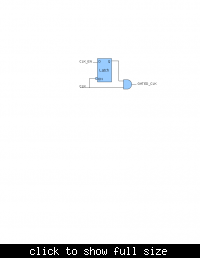spartanthewarrior
Full Member level 2
HI,
All can any tell me why we use latch for gated clocks even though we dont want latches in our design.
All can any tell me why we use latch for gated clocks even though we dont want latches in our design.
